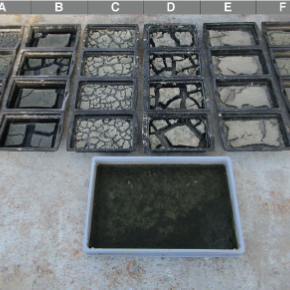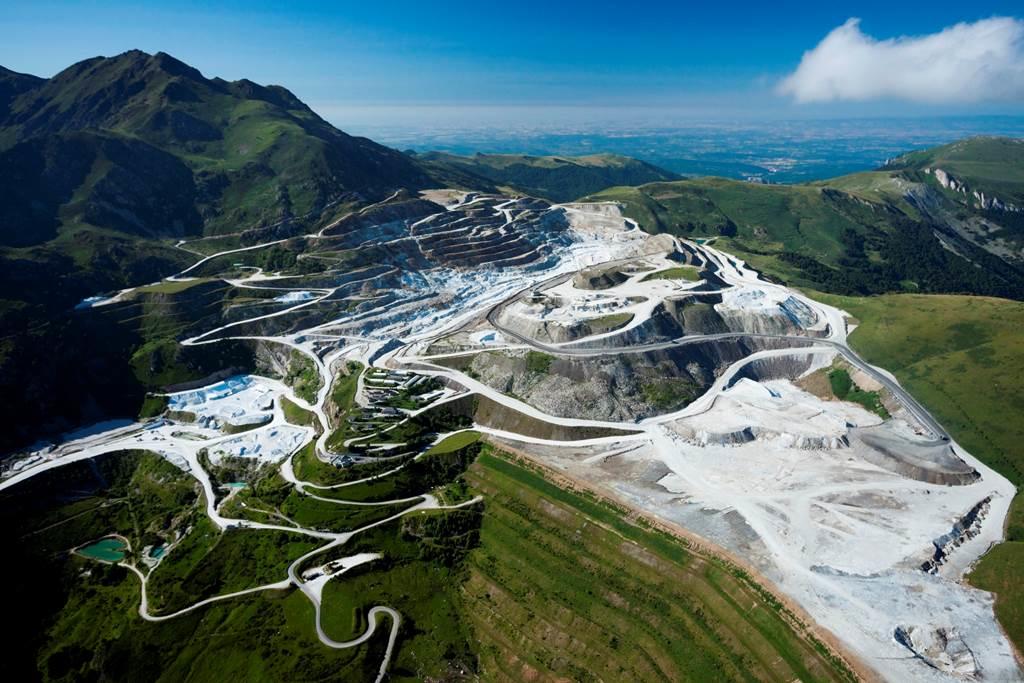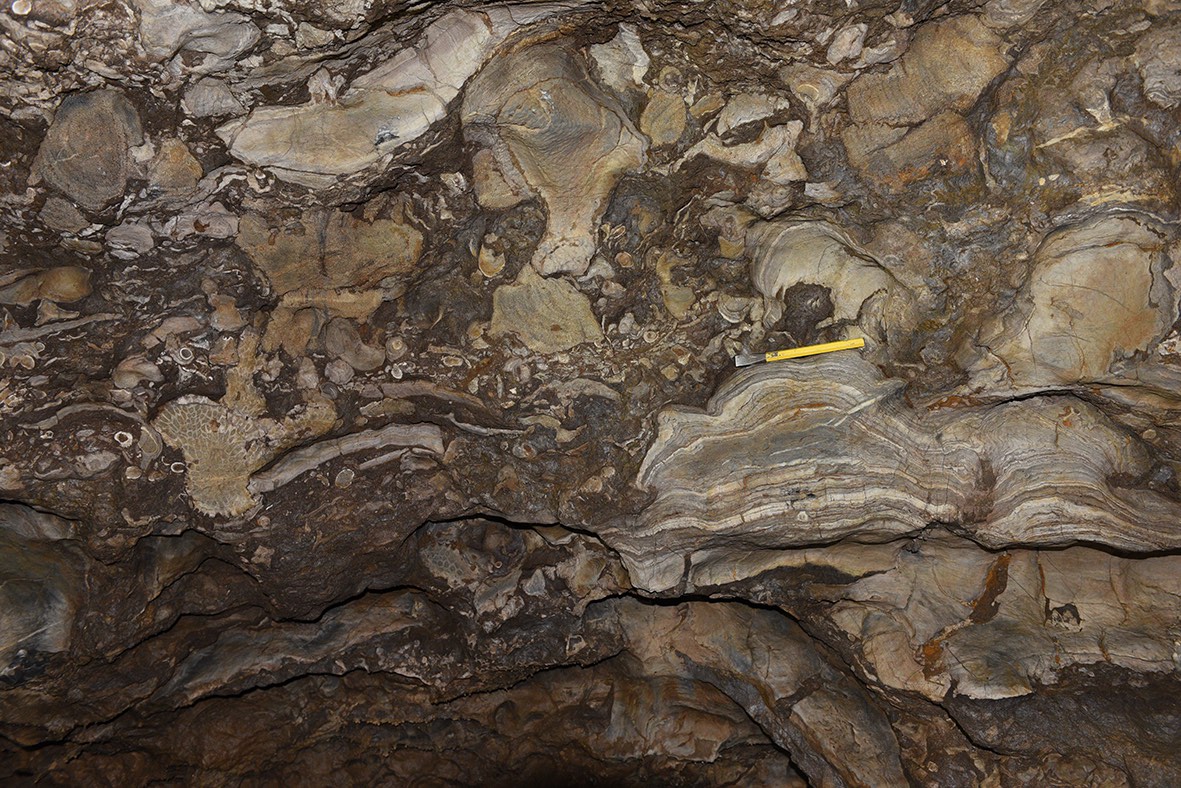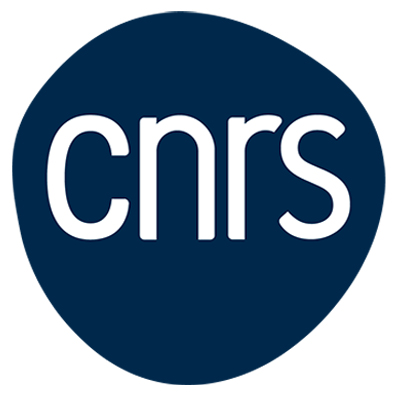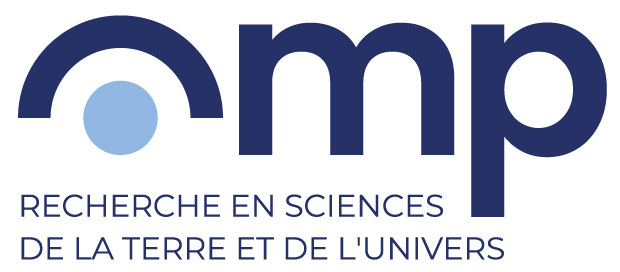An AI to locate traces of life on rocks on Earth and on Mars
Improved knowledge about the conditions under which life arose about 3.8 billion years ago and the recognition of the remarkable resilience of extremophilic microorganisms have sparked new interest in the search for life in the solar system. An international research team, including GEOLAB, GET and LEFE laboratories, has shown that fossil traces left on rocks by microbial consortia can be recognized in images by trained artificial intelligence (AI). This opens new perspectives for the search of biogeomorphological signatures of life on rocks on Mars.
